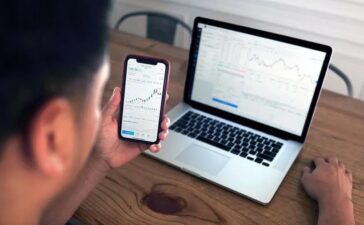In the complex world of forex trading, mastering the language is key to navigating the markets successfully. From pips to leverage, understanding the terminology is crucial for making informed decisions. This article aims to demystify the jargon with a comprehensive glossary, providing traders, both novice and experienced, with a valuable reference guide.
1. Pip (Percentage in Point):
A pip is the smallest price move that a given exchange rate can make based on market convention. Most currency pairs are quoted to four decimal places, and a one-pip movement represents a change in the fourth decimal place.
2. Bid and Ask Price:
The bid price is the price at which a trader can sell a currency pair, while the ask price is the price at which they can buy. The difference between the two is known as the spread.
3. Spread:
The spread is the gap between the bid and ask prices. It represents the cost of executing a trade and can vary depending on market liquidity and volatility.
4. Leverage:
Leverage allows traders to control a larger position size with a smaller amount of capital. It magnifies both potential profits and losses. Commonly expressed as a ratio (e.g., 50:1), it indicates how much larger a position can be relative to the trader’s margin.
5. Margin:
Margin is the amount of money required to open and maintain a trading position. It is a portion of the total position value and serves as a security deposit.
6. Lot Size:
Lot size refers to the volume or quantity of a trade. Standard lots are typically 100,000 units of the base currency, but there are also mini (10,000 units) and micro (1,000 units) lots.
7. Long and Short Positions:
Going long means buying a currency pair with the expectation that its value will rise. Conversely, going short involves selling a currency pair with the anticipation that its value will decrease.
8. Stop-Loss Order:
A stop-loss order is a risk management tool that helps limit potential losses. It is an order placed to sell a currency pair if it reaches a certain price level, protecting traders from significant downturns.
9. Take Profit Order:
Similar to a stop-loss order, a take profit order is placed to automatically close a trade when it reaches a predetermined profit level. It helps traders lock in gains and avoid the impact of market reversals.





